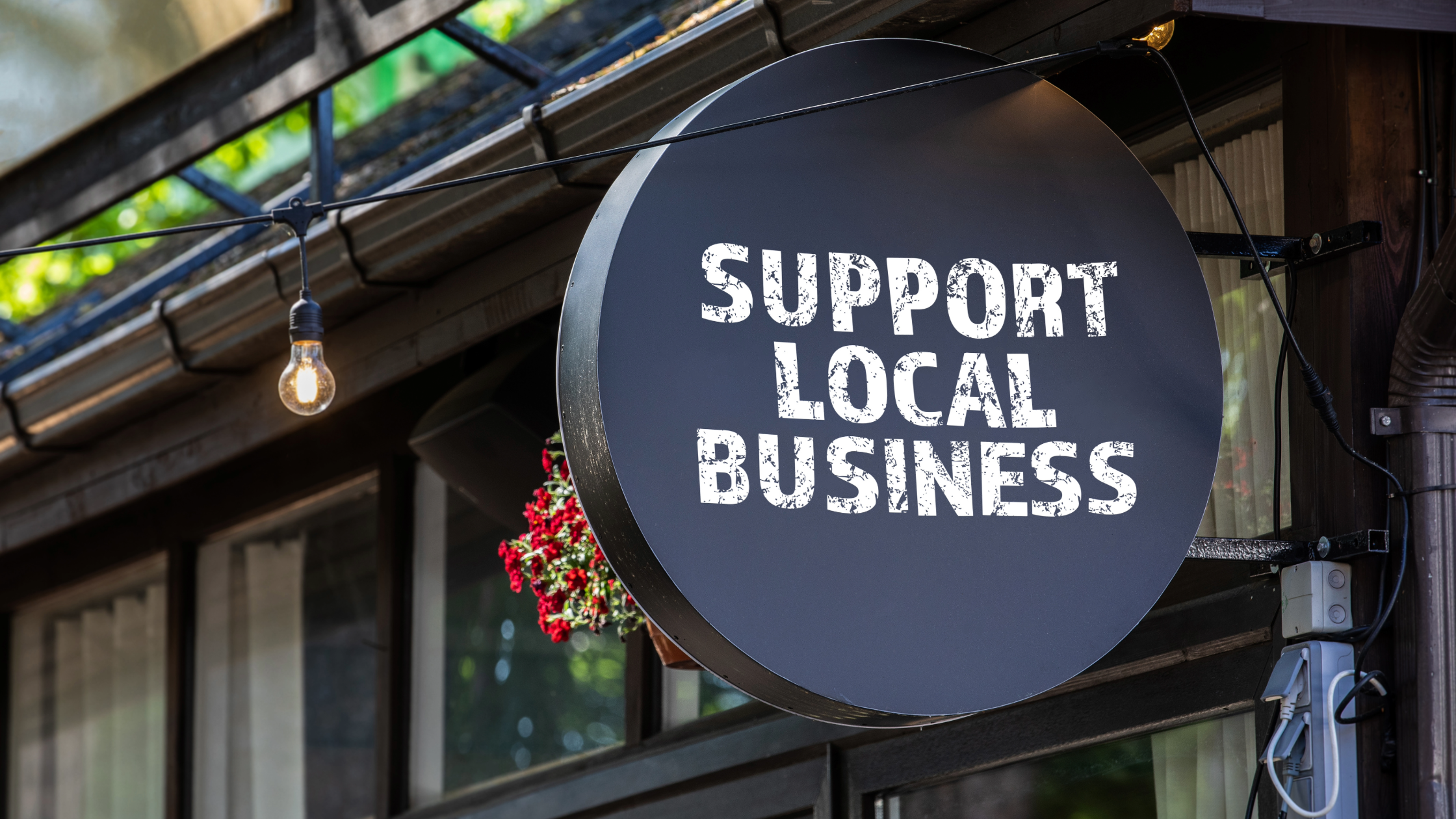SEO for Local Businesses: How to Rank in Your City
If you run a local business, showing up in search results isn’t just a nice perk—it’s literally the difference between thriving and watching customers walk straight past your door (and into your competitor’s). You might have the greatest coffee, coolest sneakers, or most reliable plumbing skills in town, but if Google doesn’t know about it, neither do your customers.
Think of local SEO like digital word-of-mouth. It ensures you’re the first option locals see when they type something like “best tacos near me” or “haircuts in [Your City]” into their phones. And, let’s face it—if you’re not popping up in these searches, you’re basically invisible in today’s market.
Why Should You Bother With Local SEO?
Because nearly half of all Google searches have local intent. Seriously, half! These people aren’t casually scrolling; they’re actively looking to spend money right now. Local SEO puts you right under their noses exactly when they’re ready to buy. So yes, ignoring local SEO is about as smart as leaving cash on the table—literally.
Here’s what good local SEO does for your business:
- It gets you noticed by locals who are actively searching for your products or services.
- It boosts foot traffic and in-person visits.
- It strengthens your local brand reputation and builds customer trust.
Step 1: Get Your Google Business Profile Together
Your Google Business Profile (formerly Google My Business) isn’t optional—it’s the very first thing people see when they search locally. Slapdash effort here equals lost customers. Make sure you claim it, verify it, and for the love of everything digital, fill it out completely. Address, phone number, hours, pictures—the works.
Think of it like your online storefront. Would you leave your store’s front window dusty and empty? Didn’t think so. Treat your Google profile the same way. Regularly update it with offers, announcements, or seasonal specials. Add some inviting photos because, yes, people judge businesses by pictures.
Step 2: Don’t Mess Up Your NAP (Name, Address, Phone)
Google hates confusion. If your business name, address, or phone number changes across directories like Yelp or Facebook, it creates confusion—and confused Google means no rankings for you. Keeping your NAP consistent isn’t glamorous work, but it pays off big.
Here’s what you need to do:
- Check every online directory and profile your business appears in.
- Ensure your name, address, and phone number match exactly.
- Regularly audit and fix any outdated or inconsistent listings.
Tedious? Yep. Important? Absolutely.
Step 3: Reviews Aren’t Just for Ego—They Matter
Reviews aren’t just warm fuzzies; they can make or break your local rankings. Google loves authentic feedback. Customers rely heavily on reviews to choose where to spend their money, and so does Google’s algorithm.
So, encourage reviews from your customers—especially the happy ones. Responding thoughtfully to all reviews (even the bad ones) demonstrates you’re active and genuinely care. Plus, handling negative reviews gracefully shows potential customers your business is reliable and customer-focused.
Step 4: Create Content With a Local Spin
Generic content gets generic results—translation: buried in Google. Instead, produce locally-flavored content that your neighbors care about. Write blogs or guides specific to your town—like “10 Best Weekend Activities in [Your City]” or “How to Choose a Reliable Mechanic in [Neighborhood].”
Include local keywords naturally. Mention recognizable landmarks, events, or cultural points of interest. Basically, make Google understand you’re genuinely part of your local scene, not just fishing for clicks.
Step 5: Local Backlinks—Think Local Celebrity, Not Global Superstar
Global popularity is great, but Google cares more about local credibility. Getting links from local newspapers, neighborhood blogs, or community groups sends strong signals of local authority.
How do you snag these links?
- Sponsor local events, teams, or charities.
- Contribute articles or guest blogs to local websites.
- Partner with complementary local businesses and share each other’s content.
Local backlinks turn you into the town hero Google loves promoting.
Step 6: Your Website Needs to Move Faster Than Grandma’s Internet
If your website loads slower than dial-up, nobody’s sticking around—especially mobile users searching on-the-go. Google prioritizes websites that are quick, responsive, and mobile-friendly.
To fix this:
- Compress images and streamline your site’s code.
- Run your site through Google’s PageSpeed Insights regularly.
- Make sure navigation and contact info are clear and accessible on mobile.
Checking Your Progress (Because What’s Measured Improves)
Local SEO isn’t set-it-and-forget-it. Regularly check your performance with tools like Google Analytics and Google Business Profile insights. Track which keywords bring traffic and keep an eye on user engagement. If your numbers aren’t improving, adjust your strategies based on actual data rather than guesswork.
Common Mistakes That Are Killing Your Local SEO
- Ignoring your Google Business Profile: Seriously, just don’t.
- NAP inconsistencies: Keep your info clean and consistent everywhere.
- Ghosting your reviewers: Respond promptly and professionally.
- Publishing generic content: Always tie your content back to your local community.
Bottom Line: Local SEO Isn’t a Sprint—It’s a Marathon
Consistent local SEO efforts pay off significantly over time. The more effort you invest into local visibility, the easier customers will find you.
Think of it as building your local reputation. It doesn’t happen overnight—but when done right, it’s powerful, sustainable, and incredibly rewarding. So start now, stay consistent, and watch your local presence (and your profits) grow.
news via inbox
Subscribe to get SEO Tips and Tricks directly in your inbox!








